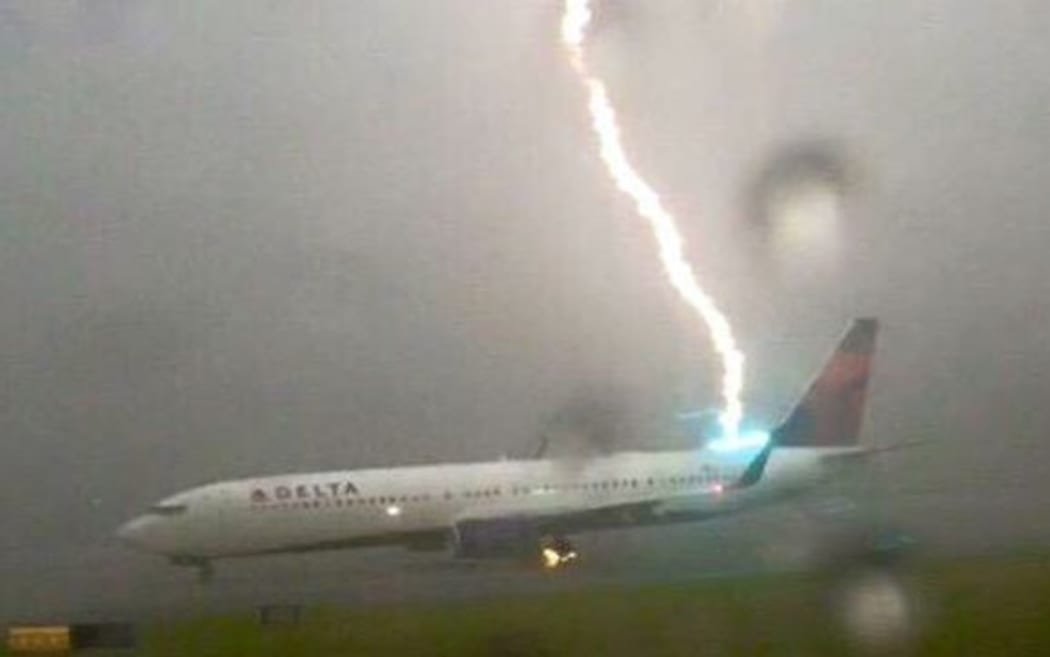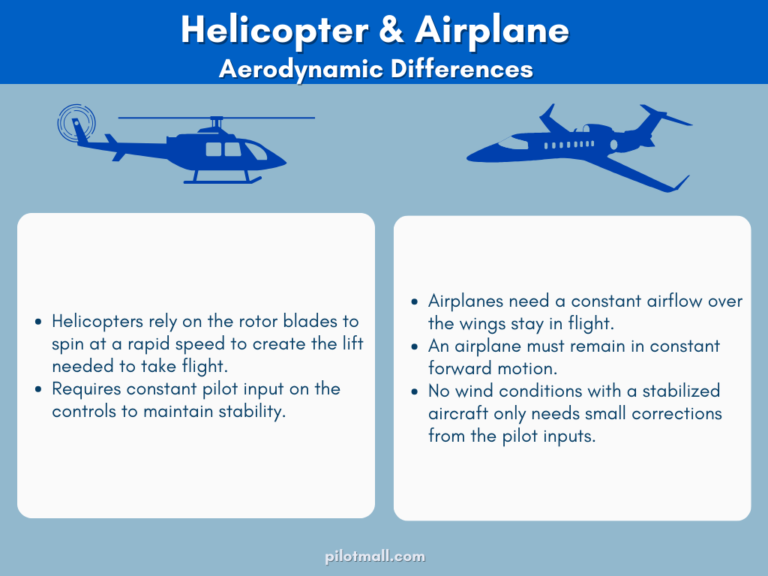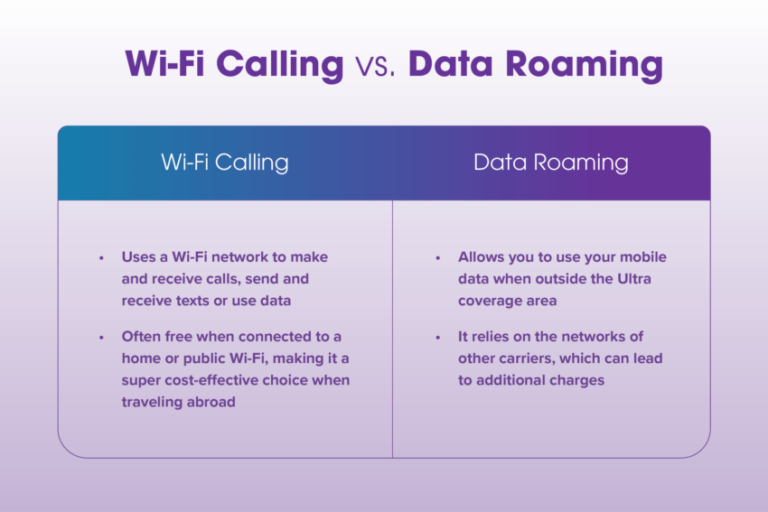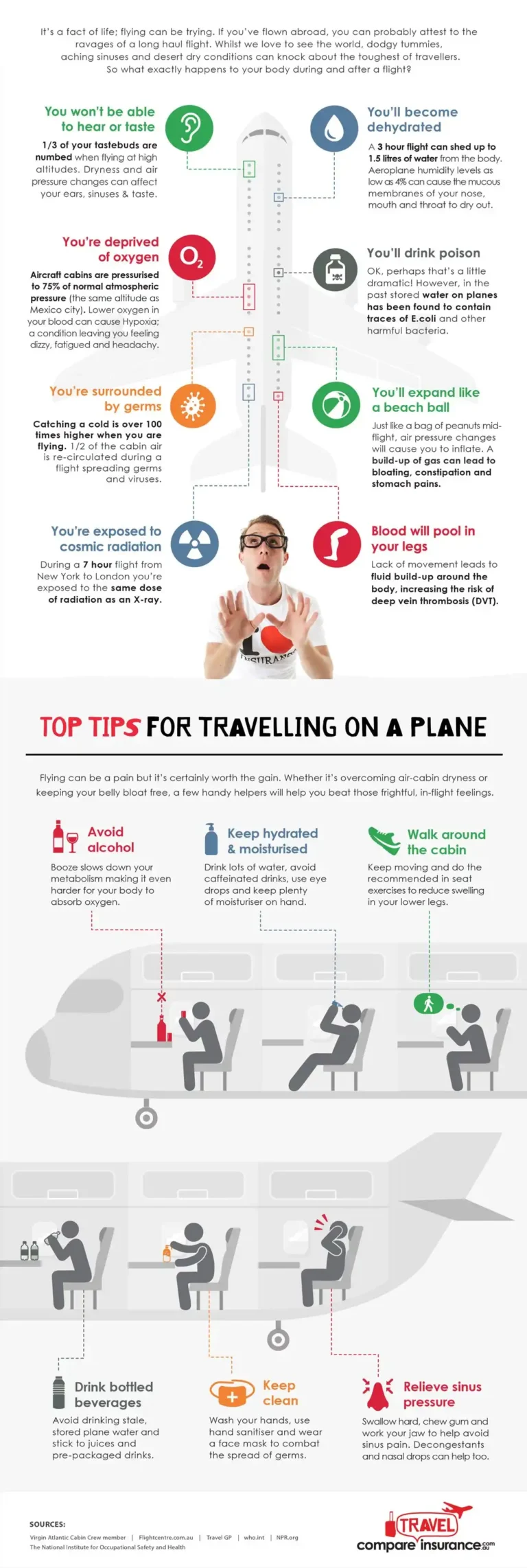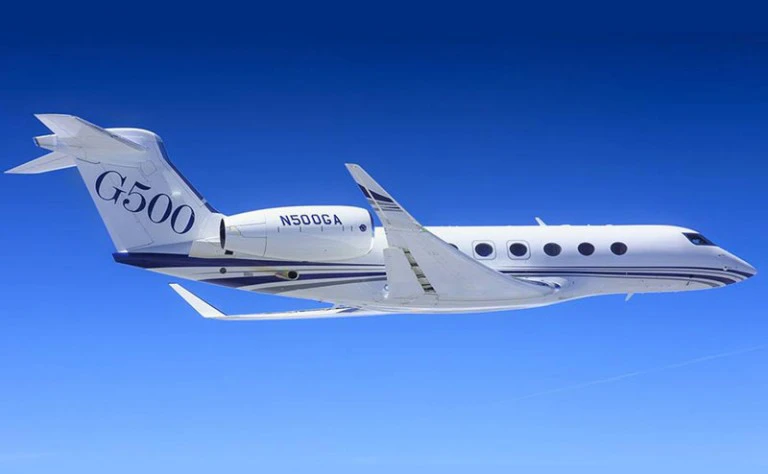What Happens If a Airplane Gets Struck by Lightning
An airplane getting struck by lightning is quite common. But what happens next?
When lightning strikes an airplane, it may sound terrifying. Yet, modern aircraft are built to handle such events. Engineers design planes with safety measures to protect passengers and crew. Lightning strikes usually hit a plane’s nose or wingtips. The electrical charge then travels through the aircraft’s skin and exits from another point.
This keeps the inside of the plane safe. The aviation industry continuously tests and improves aircraft to ensure they withstand lightning strikes. Understanding what happens during such events can ease passenger concerns. Read on to learn more about how airplanes manage lightning strikes and what it means for your safety.
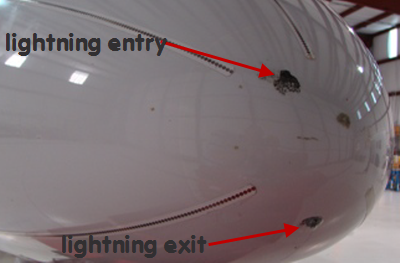
Credit: www.askacfi.com
Introduction To Lightning Strikes
Have you ever wondered what happens if an airplane gets struck by lightning? Lightning strikes on airplanes are more common than you might think. This section dives into the frequency of strikes and debunks some common myths about them.
Frequency Of Strikes
Every commercial airplane gets struck by lightning about once a year. Some might get struck more often, especially if they fly through stormy regions. Despite this, modern aircraft are designed to handle these strikes. The airplane’s design ensures that passengers stay safe during such events.
| Type of Aircraft | Average Strikes per Year |
|---|---|
| Commercial | 1-2 |
| Private | Less than 1 |
Myths And Facts
There are many myths about lightning strikes on airplanes. Let’s separate fact from fiction.
- Myth: Lightning can cause a plane to crash.
- Fact: Modern planes are designed to withstand lightning strikes. Engineers use special materials to make the aircraft safe.
- Myth: Passengers can get electrocuted inside the plane.
- Fact: The metal body of the plane acts as a shield. It directs the electricity around the aircraft, keeping the inside safe.
By understanding these facts, you can feel safer the next time you fly through a storm. Planes are built to protect you even in extreme weather conditions.
Airplane Design And Safety
Flying in a plane is generally safe, even during a storm. Modern airplanes are built to handle lightning strikes. This section covers how airplane design ensures passenger safety.
Modern Aircraft Construction
Modern aircraft use advanced materials. Aluminum and composite materials are common. These materials are strong and lightweight.
A composite material is a mix of two or more materials. It combines the best properties of each. For example, carbon fiber is a popular composite material. It is both strong and light.
These materials help protect the airplane from damage. They also enhance fuel efficiency. Modern planes are more durable and efficient than older models.
Lightning Protection Systems
Lightning strikes are common for planes. On average, a plane gets struck once a year. Engineers design planes to handle these strikes.
Planes have lightning protection systems. These systems guide the lightning safely off the plane. Here is how they work:
- Conductive materials in the plane’s skin
- Special bonding techniques
- Static wicks on the wings and tail
Conductive materials help spread the electric charge. This prevents damage to the plane’s structure. Bonding techniques connect parts of the plane together. This allows electricity to flow safely.
Static wicks are small rods on the plane’s surface. They release the electric charge into the air. This keeps the plane safe from electrical buildup.
Lightning protection systems ensure passenger safety. They make sure the plane continues to function normally.
How Lightning Strikes Airplanes
Lightning strikes airplanes more often than you might think. But it’s not dangerous. Airplanes are built to handle lightning. Let’s explore how this happens.
Entry And Exit Points
Lightning first hits an airplane at an entry point. This is usually the nose or wingtips. Lightning exits at another point, often the tail. These points are designed to withstand high voltage. They safely channel the electric current away from the aircraft’s interior. It keeps passengers and crew safe.
Electrical Pathways
The airplane’s body is a good conductor. Lightning travels along its surface. The current follows specific pathways. These pathways are designed to handle lightning strikes. They ensure the electricity does not enter the cabin. This prevents damage to vital systems and keeps everyone safe.
The plane’s electrical systems are also protected. Special devices called “static wicks” help dissipate the charge. They ensure the plane continues to fly safely. Engineers test these systems thoroughly. They make sure the airplane can handle lightning strikes.
| Component | Function |
|---|---|
| Nose | Common entry point for lightning |
| Wingtips | Another common entry point |
| Tail | Common exit point for lightning |
| Static Wicks | Dissipate electrical charge |
Understanding how lightning strikes airplanes helps us appreciate their design. These features ensure a safe journey, even during a storm.

Credit: aviation.stackexchange.com
Immediate Effects On The Aircraft
Lightning strikes on airplanes are rare but do happen. Understanding the immediate effects on the aircraft can calm many fears. This section explores the direct consequences on the plane’s structure and electrical systems.
Structural Impact
When lightning strikes an airplane, the structural impact is a primary concern. Modern aircraft are designed to handle these strikes. The plane’s outer shell, typically made of aluminum, acts as a conductor. This means the lightning travels along the surface and exits at a different point.
Aircraft engineers build planes with special materials to protect them. For example, they use composite materials embedded with metal. This ensures the lightning does not penetrate the interior. The areas most likely to be hit, such as wingtips and the nose, have extra protection.
In most cases, there is no lasting damage to the structure. The plane undergoes a thorough inspection after a strike. Any minor damage is repaired quickly, keeping the aircraft safe for future flights.
Electrical Disruptions
Lightning can also cause electrical disruptions in the aircraft. This can affect various systems on the plane. However, modern aircraft have safeguards to prevent serious issues.
For instance, planes have multiple layers of protection for electrical systems. They use surge protectors and special wiring. This limits the impact of a lightning strike. The plane’s avionics, or electronic systems, are also shielded. This means the systems controlling navigation and communication remain operational.
In some cases, passengers might notice brief flickers in cabin lights. This is usually temporary and does not affect flight safety. Pilots are trained to handle these situations. They have backup systems and procedures in place.
To summarize the main points:
- Planes are designed to handle lightning strikes.
- Structural damage is rare and easily repaired.
- Electrical systems have multiple layers of protection.
- Passenger safety is always the top priority.
Understanding these points can help ease concerns about flying during a storm.
Pilot And Crew Response
Lightning strikes on airplanes are rare but can happen. When lightning strikes, the pilot and crew must act quickly and efficiently. Their response ensures the safety of everyone on board.
Standard Operating Procedures
Pilots follow Standard Operating Procedures (SOPs) during a lightning strike. These procedures are designed to keep the plane and passengers safe.
- The pilot checks the aircraft’s systems for any damage.
- If any system shows an error, the pilot follows the specific checklist for that issue.
- The crew ensures all passengers remain seated and calm.
- The pilot maintains communication with the cabin crew for updates on passenger safety.
These steps help the crew manage the situation effectively. The crew’s priority is always passenger safety.
Communication With Ground Control
After ensuring the aircraft is stable, the pilot contacts Ground Control. This communication is vital for further instructions and assistance.
- The pilot reports the lightning strike and the current status of the aircraft.
- Ground Control provides any necessary instructions or rerouting.
- Ground Control coordinates with emergency services if needed.
Effective communication with Ground Control ensures the aircraft’s safe journey. The pilot follows the instructions given by Ground Control for a safe landing.
By following these procedures and maintaining clear communication, the pilot and crew can handle a lightning strike efficiently. Their actions keep everyone onboard safe and secure.
Passenger Experience
Experiencing lightning while on an airplane can be a nerve-wracking thought. Yet, modern planes are designed to handle such situations. Let’s dive into what passengers might experience if an airplane is struck by lightning.
In-flight Sensations
During a lightning strike, passengers often experience a bright flash. This flash might seem alarming, but it is usually harmless. Some passengers might hear a loud bang or a rumbling noise. The noise comes from the lightning hitting the plane’s exterior. These sensations can be startling but are not dangerous.
Most passengers might feel a slight jolt, similar to turbulence. This is caused by the electrical discharge. The plane’s systems are designed to manage this without affecting the flight. The cabin lights might flicker briefly. This is a normal response and not a sign of danger.
Reassurance Measures
Flight crews are trained to handle lightning strikes. They will inform passengers about the situation calmly. This helps to reduce panic and keep everyone informed.
Modern airplanes have safety measures to protect passengers. For instance, planes have a special coating that directs the electricity away. This prevents any serious damage.
Airlines also ensure regular maintenance checks. These checks include inspecting the plane’s lightning protection systems. So, even if a plane is struck, it remains safe for everyone on board.
Post-strike Inspection And Maintenance
When an airplane gets struck by lightning, it undergoes thorough post-strike inspection and maintenance. This process ensures that the aircraft remains safe and operational. It involves several critical steps, including routine checks and necessary repairs. Let’s dive into the details of these procedures.
Routine Checks
After a lightning strike, the aircraft undergoes a series of routine checks. These checks are vital for identifying any potential damage. Technicians inspect the airplane’s exterior for signs of burns or punctures. They also check the aircraft’s electrical systems for any disruptions. Here are some common routine checks:
- Visual inspection of the fuselage
- Checking the wing tips and tail
- Examining the antennas and sensors
- Testing the avionics and electrical systems
These inspections help ensure that the airplane is safe for further flights. Technicians use specialized tools and equipment for these tasks. They follow strict guidelines to avoid missing any critical issues.
Repair And Documentation
If the routine checks reveal any damage, the next step is repair and documentation. Repairs can range from minor fixes to significant structural work. The repair team addresses any burnt areas or punctures. They also replace any damaged electrical components. Here is a typical repair process:
- Identify the damaged area
- Assess the extent of the damage
- Perform necessary repairs or replacements
- Conduct follow-up checks to ensure repair quality
Once the repairs are complete, thorough documentation is essential. The maintenance team records all findings and actions taken. This documentation includes:
- Details of the damage
- Steps taken to repair the damage
- Any parts replaced
- Technician signatures and timestamps
Proper documentation helps maintain a clear history of the aircraft’s condition. It also ensures compliance with aviation safety regulations. This process guarantees that the airplane remains airworthy and safe for future flights.

Credit: nypost.com
Case Studies Of Lightning Strikes
Lightning strikes on airplanes are rare but impactful events. This section explores notable incidents and the lessons learned from them. Understanding these cases helps improve aviation safety and technology.
Notable Incidents
Several notable incidents demonstrate the effects of lightning on aircraft. Here are a few key examples:
- Pan Am Flight 214 (1963): A lightning strike caused an explosion, leading to a tragic crash. All 81 passengers and crew lost their lives.
- Delta Air Lines Flight 1080 (1987): Lightning struck the aircraft, causing temporary loss of navigation systems. The pilots managed to land safely, and no injuries occurred.
- Swissair Flight 111 (1998): This flight experienced a lightning strike, which contributed to an onboard fire. The incident resulted in the loss of all 229 passengers and crew.
Lessons Learned
Each lightning strike incident has provided valuable lessons for the aviation industry. Here are some key takeaways:
- Improved Aircraft Design: Modern planes feature advanced lightning protection systems. These include conductive materials and bonding techniques that safely channel electricity away from critical systems.
- Enhanced Pilot Training: Pilots now receive extensive training on how to handle lightning strikes. This includes managing temporary system failures and maintaining control of the aircraft.
- Better Weather Prediction: Enhanced weather prediction tools help pilots avoid severe thunderstorms. This reduces the likelihood of encountering lightning during flight.
In summary, analyzing these case studies has significantly enhanced aviation safety. The industry continues to evolve, ensuring passenger and crew safety.
Future Of Lightning Protection
The future of lightning protection in aviation looks promising. With technological advancements and ongoing research and development, airplanes are becoming safer. These improvements ensure that lightning strikes cause minimal damage. Let’s explore what the future holds.
Technological Advancements
Technological advancements play a key role in protecting airplanes. New materials and designs help disperse lightning strikes efficiently. These innovations reduce the risk of damage to aircraft.
Composite materials are now used in airplane construction. These materials are lighter and more durable. They also resist lightning strikes better than traditional materials.
Another advancement is the use of smart sensors. These sensors detect lightning strikes instantly. They help pilots respond quickly to any issues.
Research And Development
Ongoing research and development ensure continuous improvements in lightning protection. Engineers and scientists are always looking for new solutions. Their work is crucial in making air travel safer.
Organizations invest heavily in testing new materials and designs. They conduct wind tunnel tests and computer simulations to study the effects of lightning. This data helps improve current technologies.
Collaboration between aviation companies and research institutions is also important. They share knowledge and resources to develop better protection systems.
Here is a quick overview of recent developments in lightning protection:
| Development | Benefit |
|---|---|
| Composite Materials | Improved resistance to lightning |
| Smart Sensors | Instant detection of lightning strikes |
| Advanced Testing | Better understanding of lightning effects |
The future of lightning protection in aviation is bright. With continuous advancements and research, air travel becomes safer day by day.
Frequently Asked Questions
Can Lightning Damage An Airplane?
Airplanes are designed to withstand lightning strikes. They have conductive materials to safely route the electrical energy away. Damage is rare.
What Happens During A Lightning Strike?
When lightning strikes, it usually hits an extremity like the wing or nose. The electricity then travels along the plane’s exterior.
Are Passengers Safe During A Lightning Strike?
Yes, passengers are safe. The aircraft’s outer shell protects the interior from electrical damage, ensuring safety.
How Often Do Airplanes Get Struck?
Commercial planes get struck by lightning about once a year. Modern aircraft are well-equipped to handle these events.
Conclusion
Airplanes getting struck by lightning is not a rare event. Pilots and engineers prepare for such situations. Modern aircraft are designed to handle lightning strikes. Safety measures are in place. Passengers usually remain safe and unaware. Lightning strikes do not affect flights severely.
Engineers inspect the airplane after landing. They ensure everything works correctly. Traveling by air remains very safe. Understanding this can ease your mind. So, next time you fly, relax and enjoy your journey.

